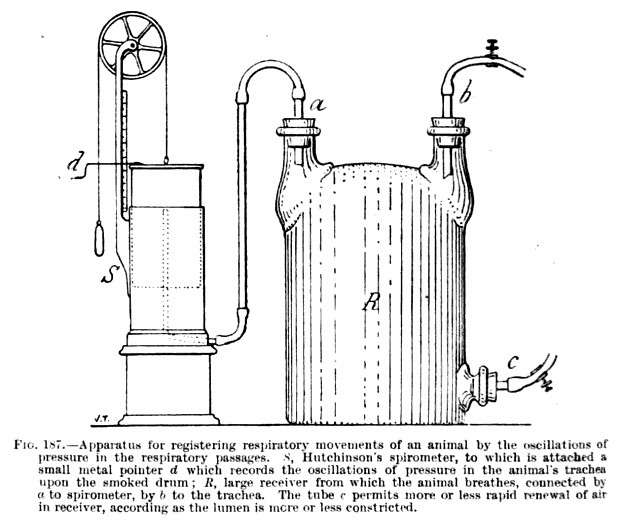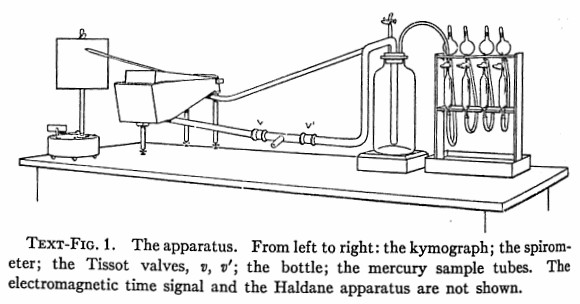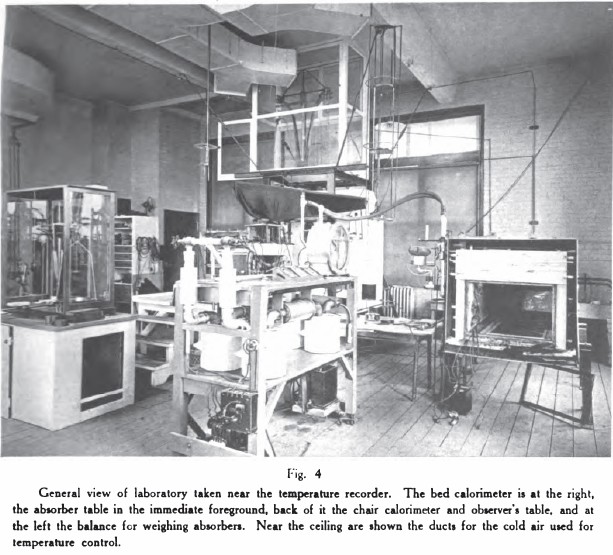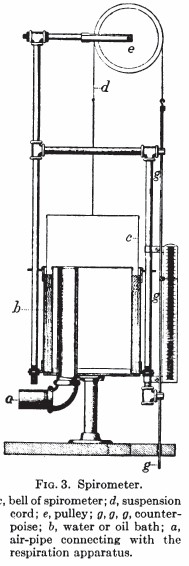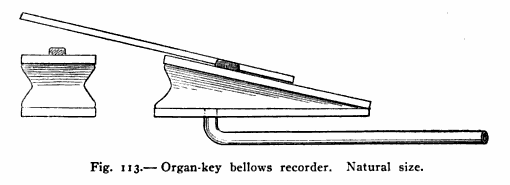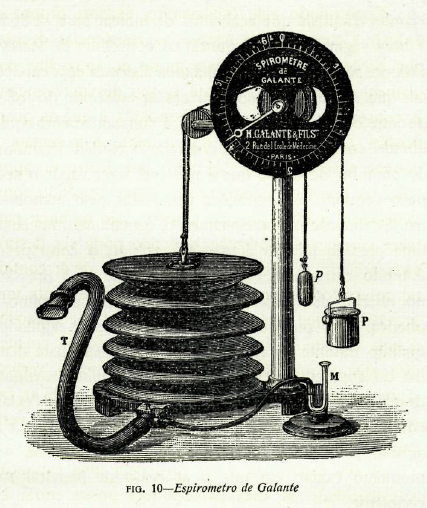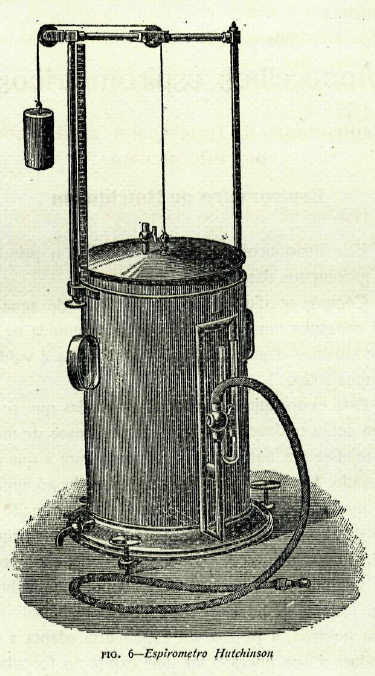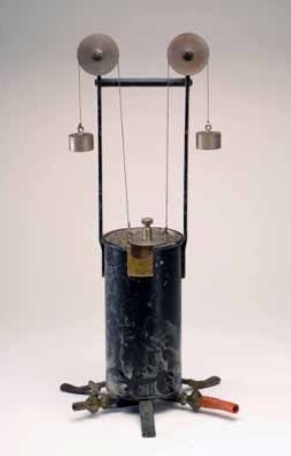Human Physiology, Volume 1, By Luigi Luciani, published by Macmillan and Company, 1911, page 422.
“The name tidal air is given to the volume of air which enters and leaves the pulmonary air passages during a normal inspiration and expiration. It can be measured by a well calibrated and graduated glass bell, which Hutchinson (1860) termed a spirometer (Fig. 187). A properly constructed gasometer, which offers minimal resistance to the passage of air can be substituted.”
